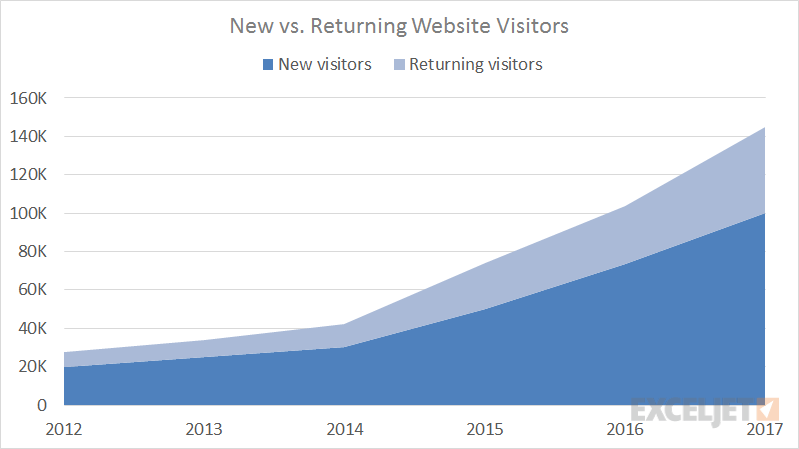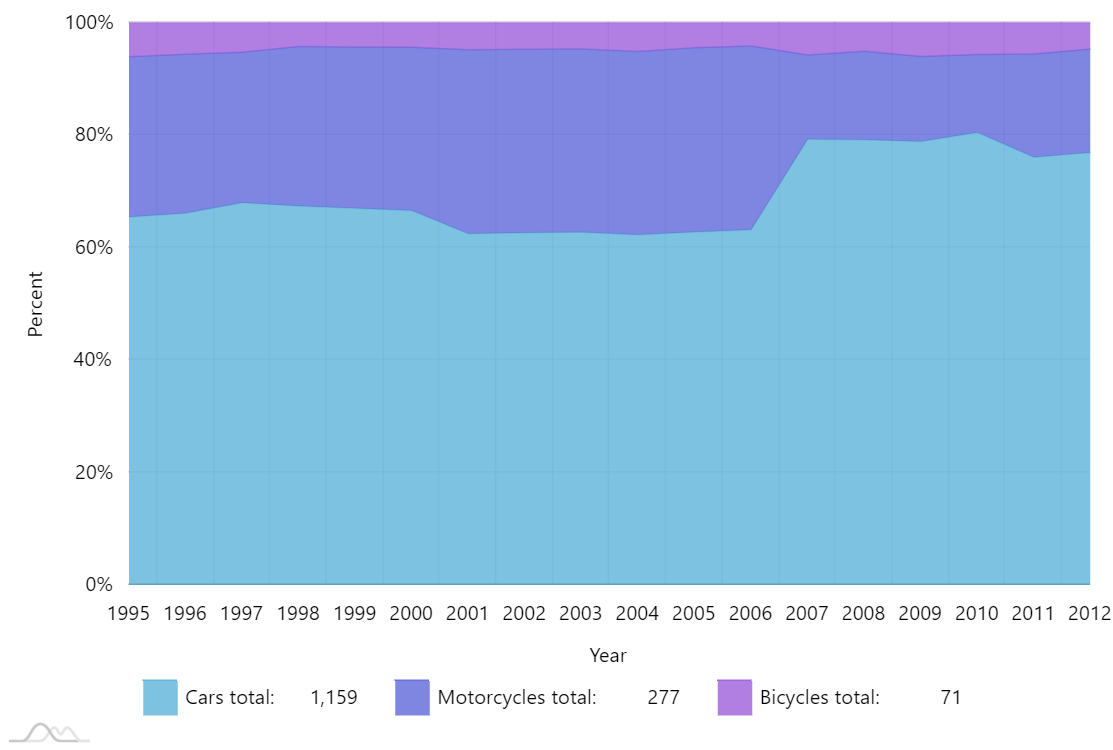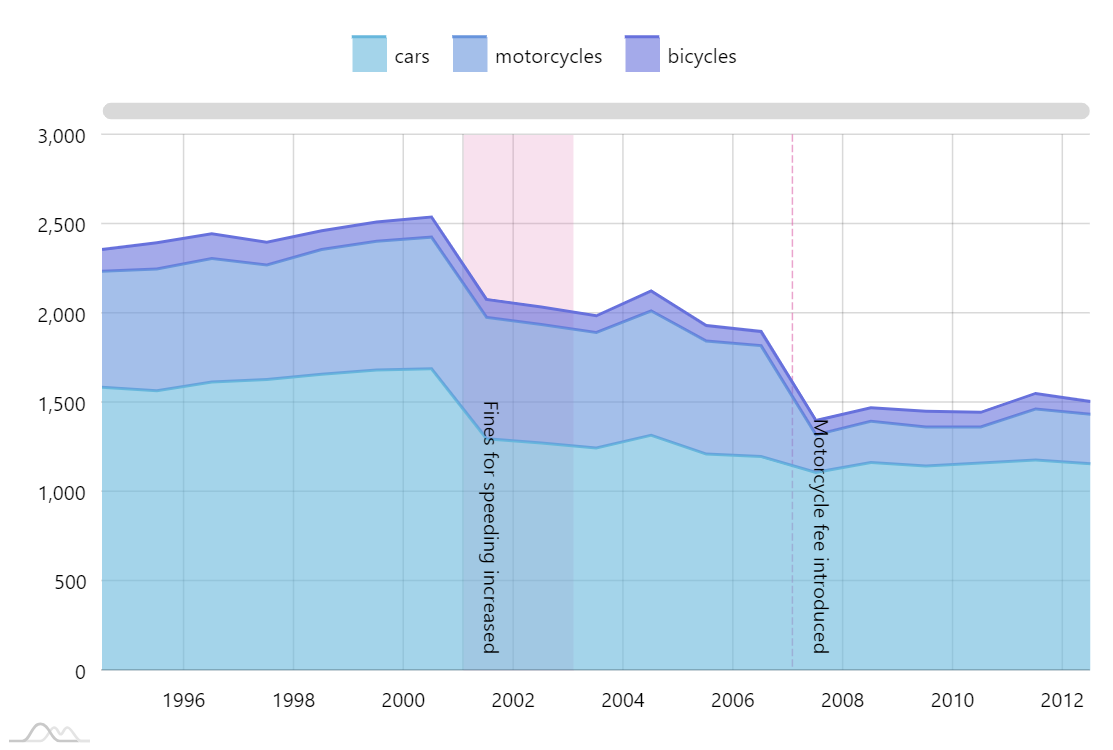Favorite Stacked Area Chart Example

Next let me add the State Province Name to the Axis section.
Stacked area chart example. The total area would give the whole while the area under each stack would provide the same for each of the parts. I strongly advise to understand how to do a basic area chart before trying the examples below. Each group is displayed on top of each other making it easy to read the evolution of the total but hard to read each group value accurately.
0 1 2 3 4 5 6 7 8 9 0 20 40 60 80 100 120 140 160 View in Online Vega Editor. They offer a simple presentation that is easy to interpret at a glance. The hardest part in stacked area chart creation is the use of the d3stack function to stack the data.
This sample demonstrates the Stacked Area chart type. Easily Analyse Data Visually. To create a Stacked Area Chart in Power BI first Drag and Drop the Sales Amount from Fields section to Canvas region.
Stacked Area Graphs work in the same way as simple Area Graphs do except for the use of multiple data series that start each point from the point left by the previous data series. Stacked Area charts can show a progression and composition over time and the 100 Stacked Area Chart is meant to show the percentage that each component contributes when the cumulative total is not important. Stacked Area Chart Example A stacked area chart depicts the sum of series of quantitative values using layered areas while still enabling inspection of individual series.
The stacked bar chart is very similar to the stacked area chart just with bars instead of lines. Look at the table. Stacked Column Chart in Excel A stacked Column Chart is used when for a single time period.
Binding to Data Source. A stacked area chart shows how much each part contributes to the whole amount. So that was the answer to what is the area chart now let us get to know about their pros and cons as well.













